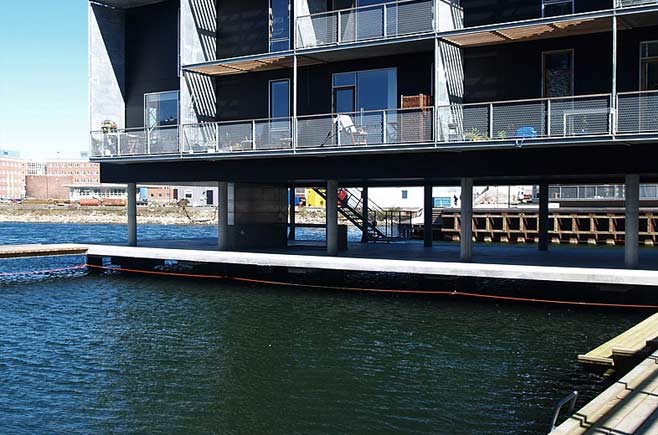
A cantilever is a beam or girder fixed at only one end, which is generally used in bridge construction, residential buildings, etc. Increasing the length for certain beam depth increases the slenderness, generating a more attractive and astonishing structure. However, increasing the length of a cantilever is challenging due to the significant bending moment induced in the fixed support by the dead and live loads. In these cases, using UHPC is a very interesting option because the structure can be up to 70% lighter than an ordinary concrete structure, so the dead load is significantly reduced and the depth of the element can be reduced, having an element with greater architectural value. This is a very common example of how lightness of a UHPC structure can not only reduce the costs, but also to provide additional value through aesthetics so that the client chooses a solution that is unfeasible with other materials. As an example, the figures below show a 12-m swimming pool designed by RDC as a cantilever and produced by PREFFOR. The client is Casas InHaus.
Advantages:
- Higher slenderness than ordinary concrete cantilevers is possible, adding more architectonical value to the solution.
- Compared to steel structures, UHPC cantilevers reduce maintenance and may have better performance under vibrations.
- The lightness implies savings in manipulation and commissioning costs.









